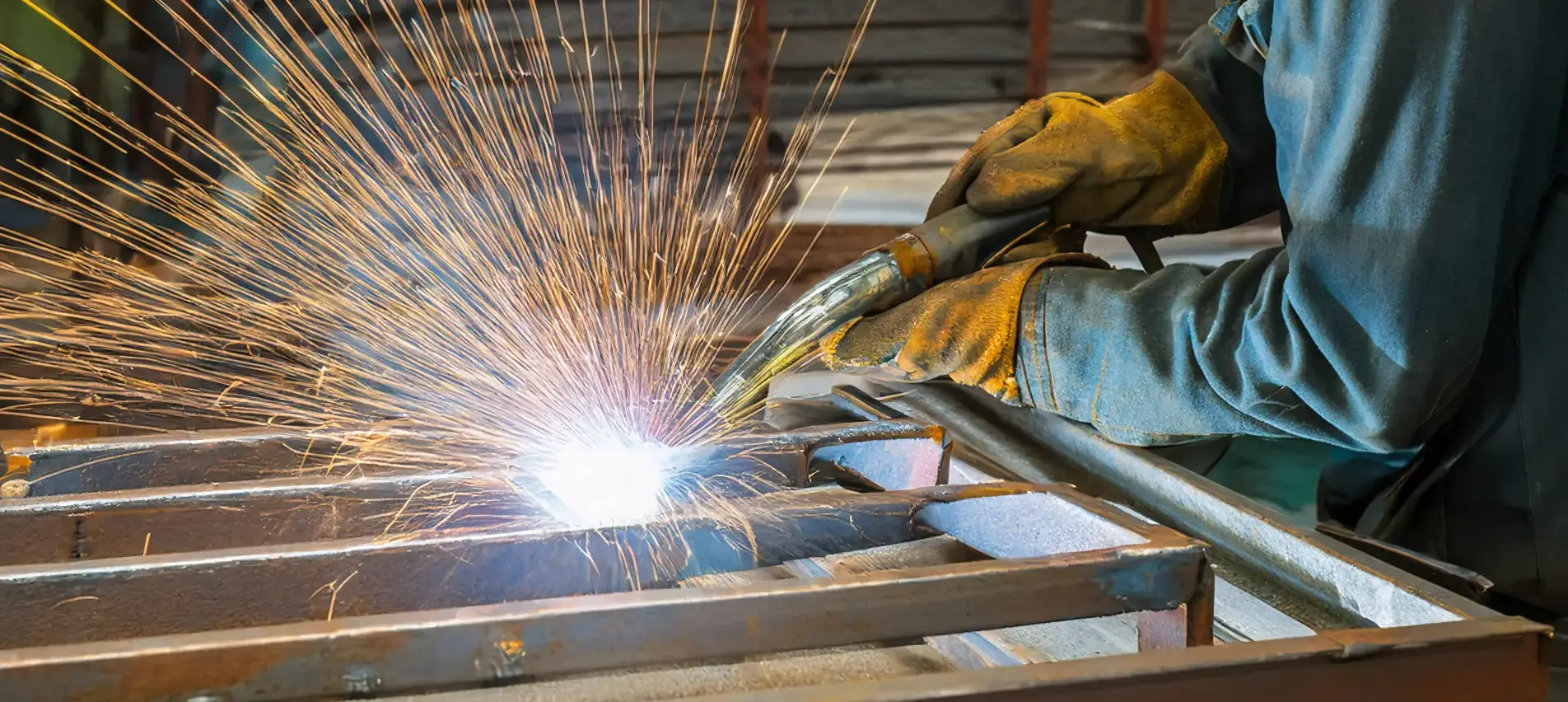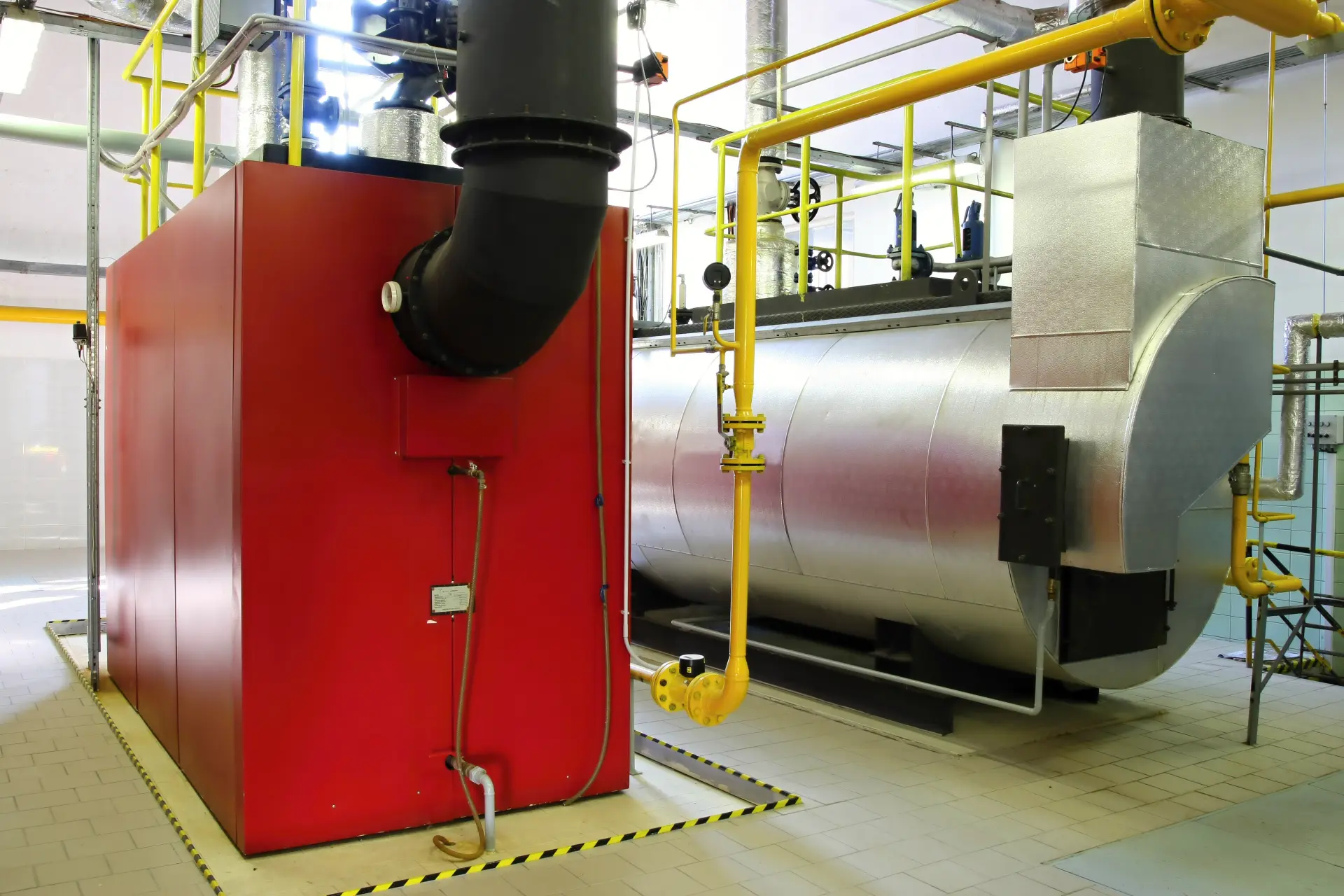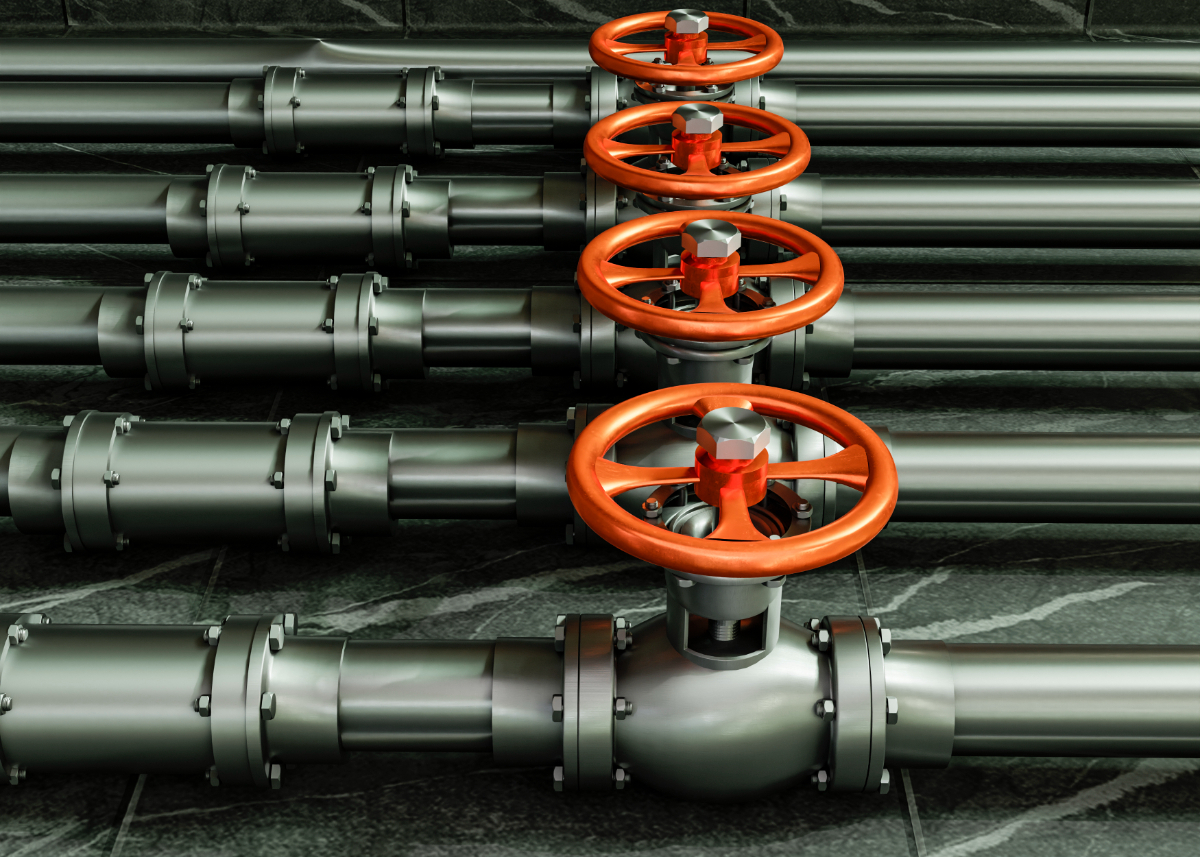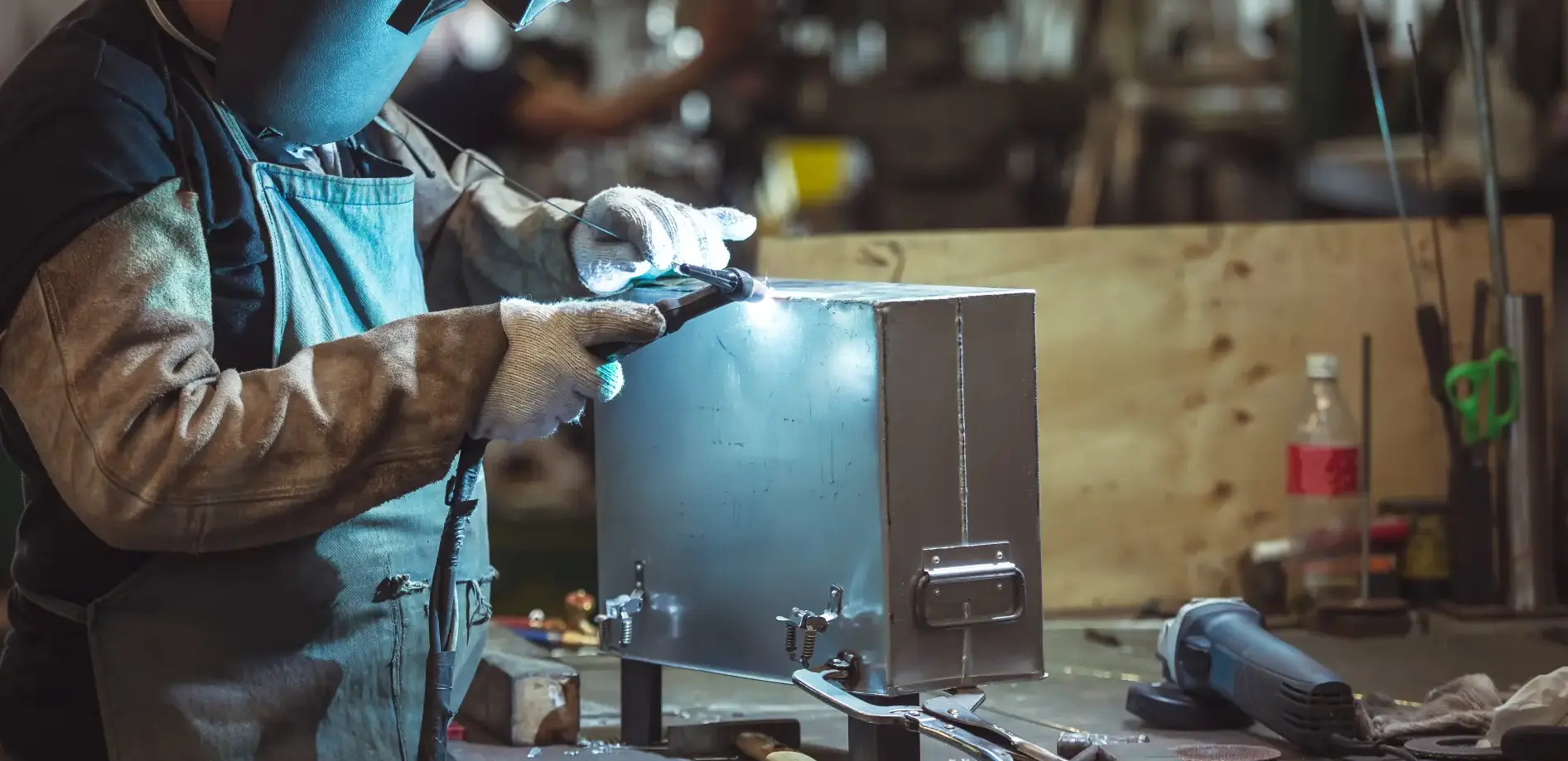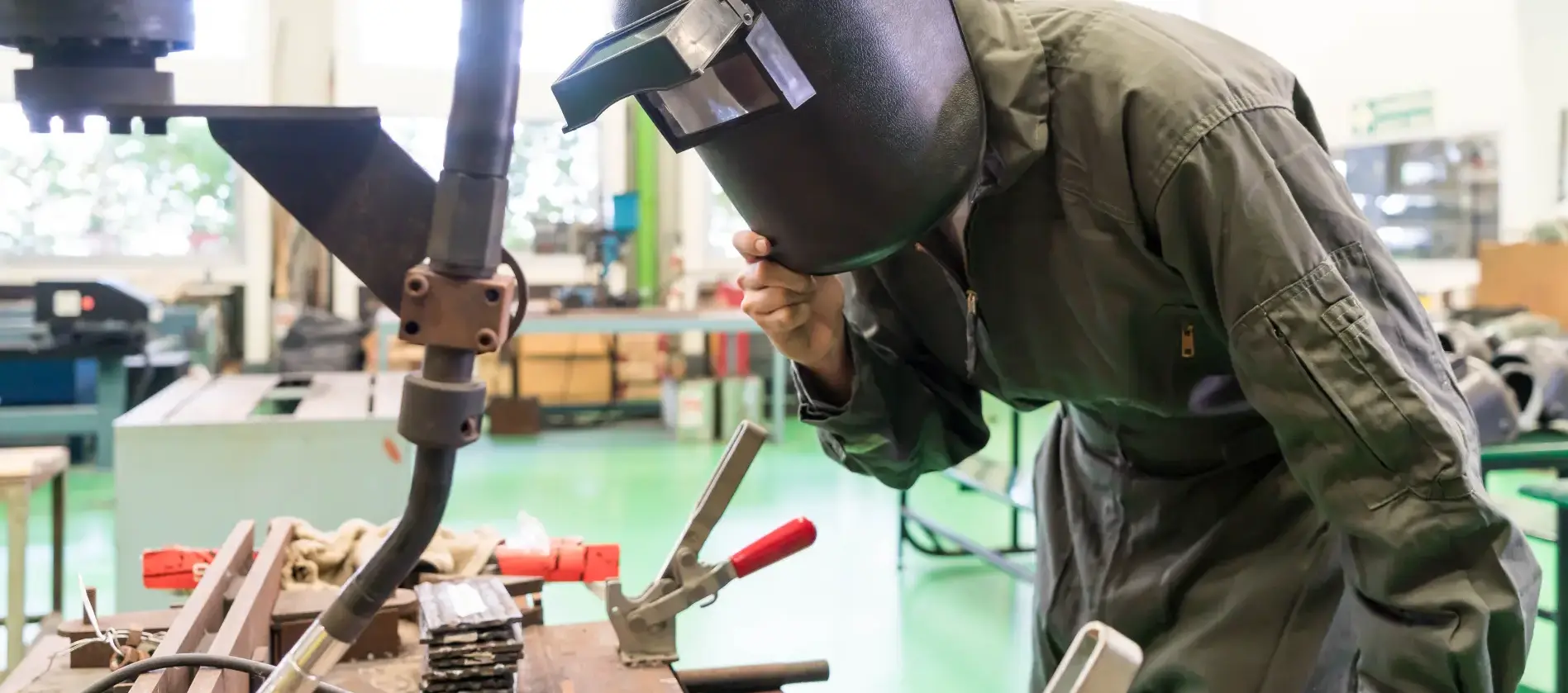Common Alternatives to Structural Steel
When planning a construction project, it is useful to compare structural steel with other building materials. Several alternatives are often chosen depending on cost, design goals, and environmental factors. Below are some of the most common options. Concrete is one of the most widely used alternatives to steel. It offers great compressive strength, making it perfect for building foundations, bridges, and large-scale buildings. Reinforced concrete combines concrete with steel bars or mesh, and this offers much greater strength and resistance to both tension and compression. However, concrete structures are usually a lot heavier than steel ones, and they can be less flexible during the design process.
Timber is a renewable option that has been used in construction for centuries. Modern engineered wood products, like laminated veneer lumber (LVL) and cross-laminated timber (CLT), offer plenty of strength and stability. Wood products are more often chosen for their aesthetic appeal and sustainability benefits. It is more vulnerable to fire, pests, and moisture damage unless properly treated and maintained. Aluminium is a lot lighter than steel and resistant to corrosion, which makes it a good choice for structures exposed to harsh weather conditions. It is usually used for roofing, cladding, and window frames. While aluminium is easier to transport and install due to its low weight, it is more expensive than steel and generally less strong for large load-bearing applications.
Masonry materials, like brick and stone, are also useful alternatives to turn to instead of using structural steel. They offer lots of durability, thermal mass, and fire resistance. Masonry construction is common in residential and small commercial buildings. However, it requires skilled labour, can be time-consuming to build, and may lack the flexibility that steel provides in large-scale modern designs.
Strength and Durability Comparison
When choosing a building material, strength and durability are two of the most important factors. Structural steel has one of the most predominant strength-to-weight ratios of any existing building material. This means it can bear very heavy loads while keeping the overall structure relatively light. It can bend under stress without breaking, and this also makes it much more suitable for buildings that must withstand any high winds, earthquakes, or heavy use. With protective coatings against rust and frequent maintenance, structural steel can last for fifty years or more, even in demanding environments. Its durability and reliability are major reasons why it is used in large commercial, industrial, and infrastructure projects. Other materials provide strength and durability in different ways.
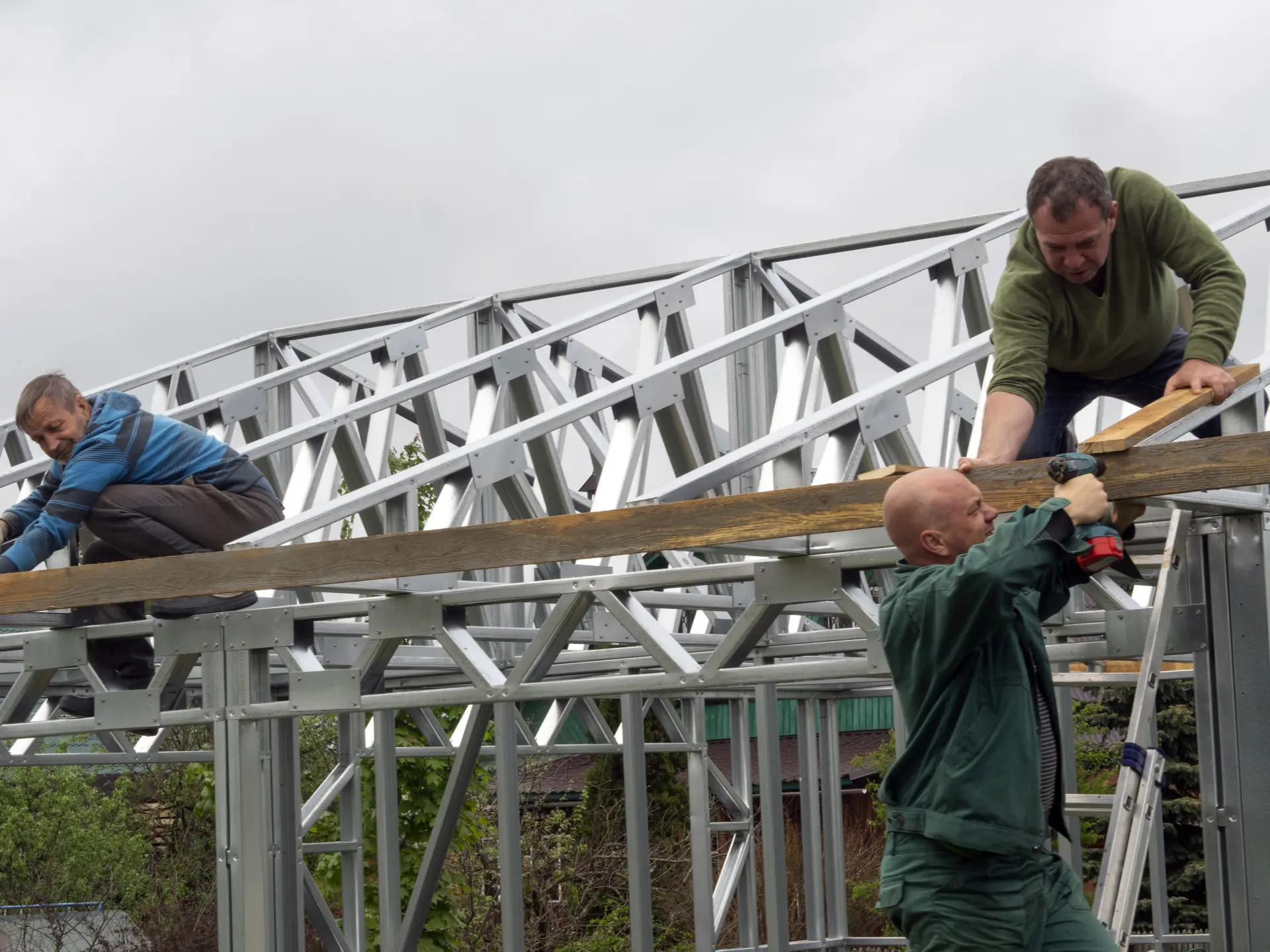
Concrete is excellent under compression but weak when stretched, which is why it is often combined with reinforcing steel bars. Reinforced concrete can be long-lasting and fire-resistant, but it is heavy and can develop cracks over time. Timber is much lighter and easier to work with, and engineered products like cross-laminated timber (CLT) make it stronger and more stable than natural wood. However, it is at greater risk from pests, moisture, and fire unless carefully treated.
Aluminium has good corrosion resistance and is very lightweight, making it useful where weight is a concern, but it is not as strong as steel for supporting heavy loads. Masonry materials such as brick and stone are naturally durable, resistant to fire, pests, and weather, and can last for centuries with little maintenance. Yet, like concrete, they are weak under tension and less adaptable than steel in modern, large-scale designs.
Cost Differences Between Materials
Building material costs can vary widely, and they often influence which option is chosen for a project. Structural steel tends to sit in the middle range of construction costs. While it can be more expensive than timber or masonry at the start, its speed of installation and reduced labour costs often make it more cost-effective overall. Alongside this, steel’s strength means that long-term maintenance costs are usually lower than for other materials.
Concrete is often seen as an affordable option, especially for large-scale projects, because raw materials are widely available. However, reinforced concrete can become costly due to the need for steel reinforcement and skilled labour for installation. Timber is generally cheaper than steel and concrete in terms of upfront costs, particularly for small or residential projects. Engineered wood products, though more expensive than standard timber, still tend to be lower in cost than steel.
Aluminium is usually one of the most expensive alternatives, as its production requires a lot of energy and specialised processes. It is chosen more for its lightweight nature and resistance to corrosion than for cost savings. Masonry materials such as brick and stone usually range in price according to the type and quality. While basic brickwork can be affordable, natural stone is often more expensive, and the labour required for masonry construction adds to the total cost.
Speed and Ease of Construction
Structural steel is well known for allowing quick and efficient construction. Steel components are usually manufactured off-site to precise specifications and then delivered ready to assemble. This reduces on-site labour and minimises delays caused by the weather. The ability to prefabricate sections also makes steel ideal for large projects that need to be completed within strict timeframes, such as commercial buildings, bridges, and industrial facilities.
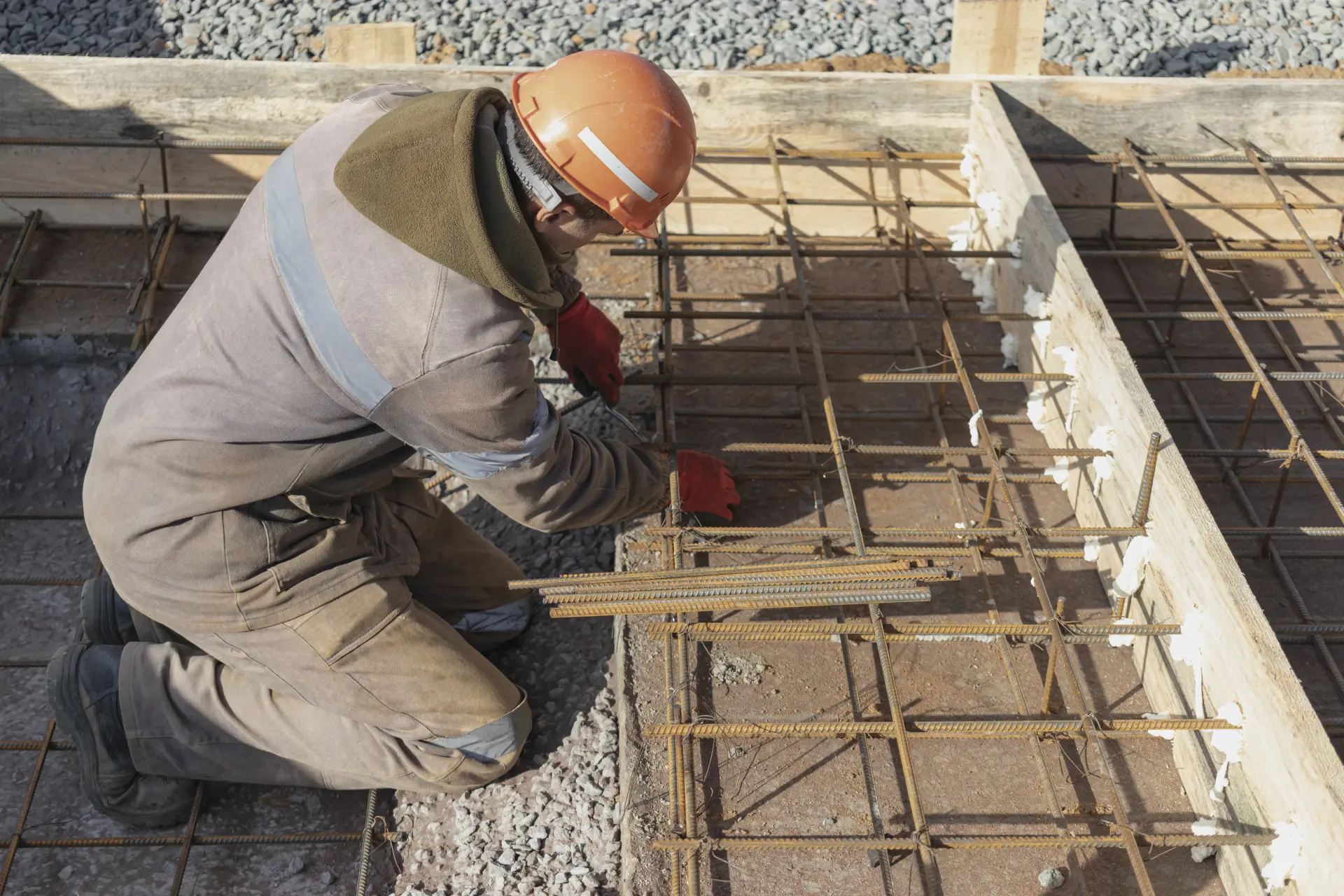
Other materials differ in terms of construction speed. Concrete, for example, often requires longer timescales because it must be poured, set, and cured before further work can continue. Reinforced concrete also demands skilled labour for proper installation. Timber is relatively fast to work with, especially for smaller buildings, as it is lightweight and easy to cut and assemble.
Engineered timber products like cross-laminated timber (CLT) can speed up construction while still offering strength. Aluminium, while lightweight and simple to handle, is less common in large load-bearing structures, so it is usually limited to specific applications such as cladding or roofing. Masonry, including brick and stone, is one of the slowest methods because it requires careful placement and finishing by skilled workers, which can extend project timelines significantly.
Fire and Safety Considerations
Fire safety is an important factor when comparing structural steel with other building materials. Steel is non-combustible, and this means it does not burn, yet it can lose lots of strength when exposed to incredibly high temperatures. To eliminate this risk and any possibility of it, steel structures are often coated with fire-resistant materials or encased in protective layers. With proper treatment, steel can maintain its load-bearing capacity for longer during a fire, giving more time for safe evacuation and firefighting efforts.
Concrete performs very well in fire situations. It does not burn and retains much of its strength even under extreme heat. This makes it a popular choice for structures that require high levels of fire resistance. Timber, on the other hand, is combustible, but large sections of wood, especially engineered timber, burn at a slower and more predictable rate. This can allow the outer layer to char and protect the inner core, delaying collapse. Aluminium does not burn either, but it has a relatively low melting point, which limits its performance in fires. Masonry materials such as brick and stone are highly fire-resistant, as they do not burn and can withstand very high temperatures, making them some of the safest choices regarding fire performance.
If you need fabrication and engineering services nearby, contact Anderson Engineering And Welding Services today. We provide reliable, high-quality solutions across Manchester and the North West to meet all your fabrication and engineering requirements.
